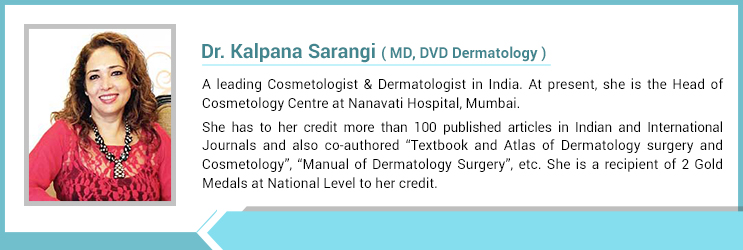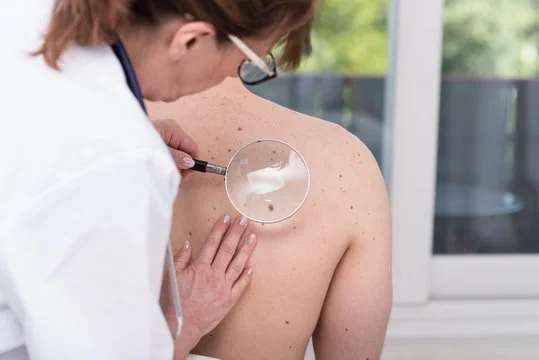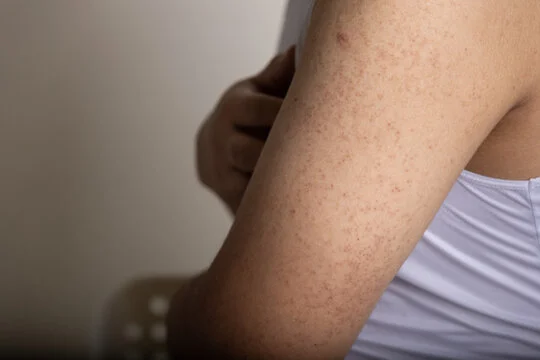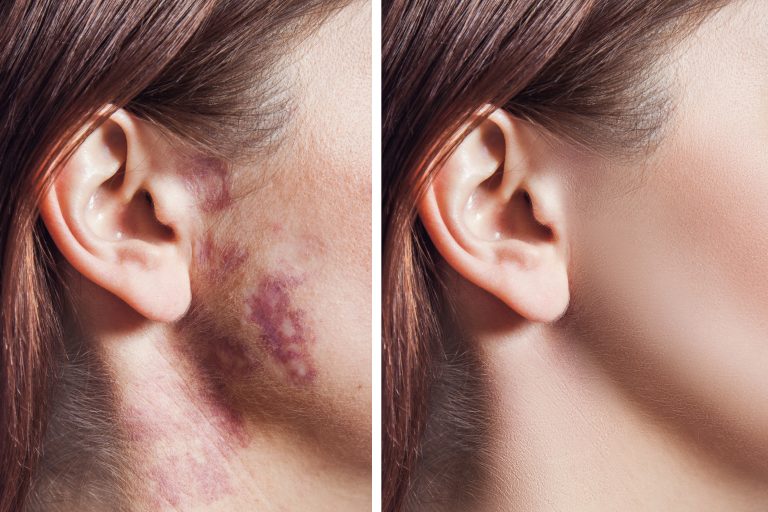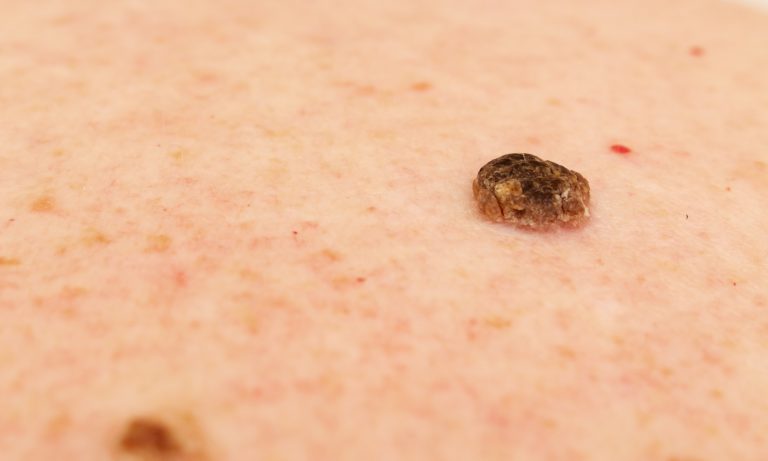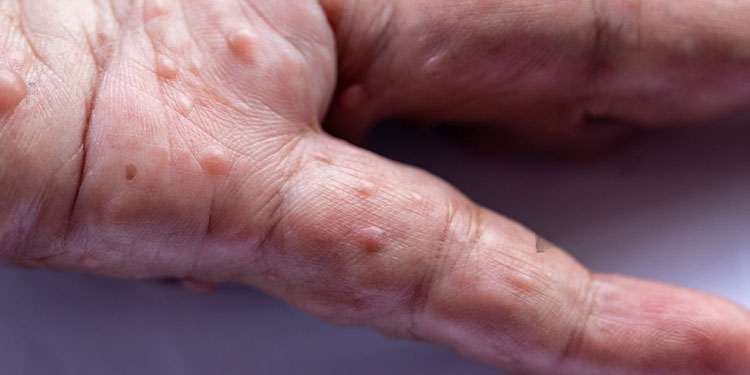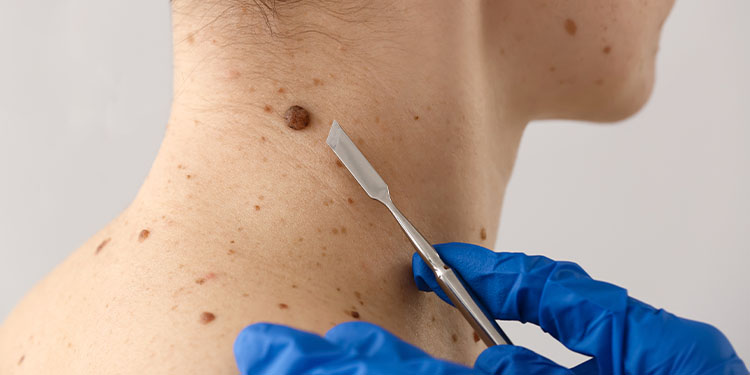Throughout my career as a dermatologist and cosmetologist, I’ve come across a surprising number of vitiligo patients. Unfortunately, the condition is fairly common, affecting up to 1% of the world’s population.
What is vitiligo, you ask?
It is a condition where your skin loses its color or pigment in uneven patches. The pigment-producing substance in the body called melanin determines the color of our skin and hair. So, when the melanin-producing cells are damaged, it results in vitiligo.
How to identify vitiligo?
When white patches appear on the skin all over your body, it is likely to be a case of vitiligo. However, you will require a medical diagnosis to be sure.
Is vitiligo hereditary?
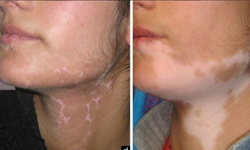
How fast does vitiligo spread?
For some people, it remains confined to a particular part of the body. In other cases, it spreads all over. While vitiligo spreads slowly over the years for some, it could spread rapidly in other cases.
What are the types of vitiligo?
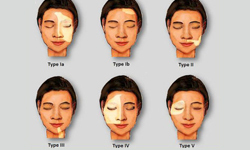
What about vitiligo treatment?
While there is no cure for vitiligo, some treatments may help reduce the effects of the condition. Topical therapy, light treatment, photochemotherapy, and surgical therapies are some options for vitiligo patients. The use of cosmetics also helps cover up the patches physically.
How to prevent vitiligo?

If you think that your skin condition might be vitiligo, then don’t delay – consult a dermatologist immediately. Getting a timely diagnosis can help control and mitigate the effects of vitiligo.

